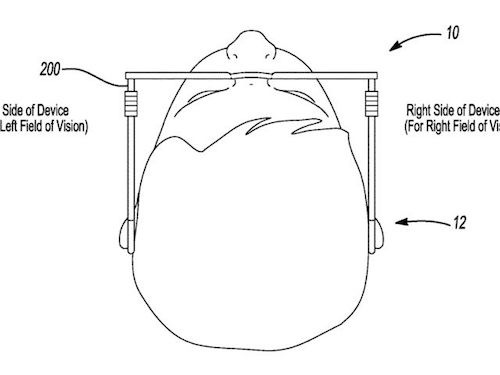Not only will autonomous vehicles shake up our roadways and transportation ecosystems, they will also transform the passenger experience, and not always in a positive way.
One of the highly touted upsides to the self-driving car revolution is the potential to free up drivers so they can put their travel time to more productive use. At the same time, however, passive passengers are more likely to experience motion sickness—a red flag for many evaluating the potential benefits of autonomous vehicles as the technology begins to take shape.
University of Michigan researchers are attempting to head off the problem, obtaining a new patent award for a universal motion sickness countermeasure system. The system provides light stimuli in the visual periphery of the passenger to mimic what the rider might see outside, thus eliminating the conflict between vestibular and visual inputs, which is the primary cause of motion sickness in a moving vehicle, according to Brandon Schoettle, one of the developers of the technology and project manager. Schoettle, part of the Sustainable Worldwide Transportation (umich.edu/umtriswt) group at the University of Michigan’s Transportation Research Institute, is working with Michael Sivak, Ph.D., director of Sustainable Worldwide Transportation for the same group, on the motion sickness countermeasure system.
 The patented universal motion sickness countermeasure system delivers light stimuli in the visual periphery of the passenger to mimic what the rider sees outside. Image Courtesy of Michael Sivak, University of Michigan
The patented universal motion sickness countermeasure system delivers light stimuli in the visual periphery of the passenger to mimic what the rider sees outside. Image Courtesy of Michael Sivak, University of MichiganBased on their research, 6% to 10% of American adults riding in fully self-driving vehicles would be expected to often, usually, or always experience some level of motion sickness. The problem is exacerbated in self-driving vehicles because many of the upcoming designs feature new seating arrangements, akin to a living room, that encourage passengers to read or perform other tasks during transport, which increases the potential for feeling sick.
To combat the problem, the researchers have come up with a design that could be incorporated in some form of wearables (say glasses or a headset) that prevent the disconnect between a person’s sense of motion and what they see. The light stimuli would imitate the movement of the autonomous vehicle in a passenger’s peripheral view, grounding the person’s frame of reference as to avoid feeling sick.
“One of the main mechanisms underlying motion sickness—the disagreement between what your eyes and ears (or vestibular system, technically) are telling your brain—is what can lead to feeling ill,” Schoettle explains. “In a moving vehicle, your vestibular system is feeling all of the forces caused by accelerating, braking, turning, etc., yet your eyes are telling you that nothing is moving or happening if you are reading a book or concentrating on your laptop. If we can present visual stimuli that adds back in the missing visual sensations of motion, we hope to mitigate or eliminate the motion sickness that this causes.”
The U-M solution isn’t the only effort to put the kibosh on motion sickness for future car design. Uber has also applied for multiple patents on technologies that could counter motion sickness, including vibrating and moving seats, air flow, and light bars and screens.
The nature of the U-M design makes the solution portable so it could be manifested in a wearable or be embedded into the actual self-driving vehicle. The research team is working the U-M Tech Transfer’s Transportation and Battery Commercialization group to commercialize the technology and shop it to potentially interested suppliers and auto makers.
“With both versions, we are able to present the visual stimuli in a user’s peripheral vision, keeping their central vision free to perform the other tasks they wish to do while riding in a vehicle, autonomous or otherwise,” Schoettle says.
To learn more about University of Michigan’s research into autonomous vehicles and motion sickness, check out this video.
About the Author
Follow Robotics 24/7 on Linkedin
Article topics
Email Sign Up















